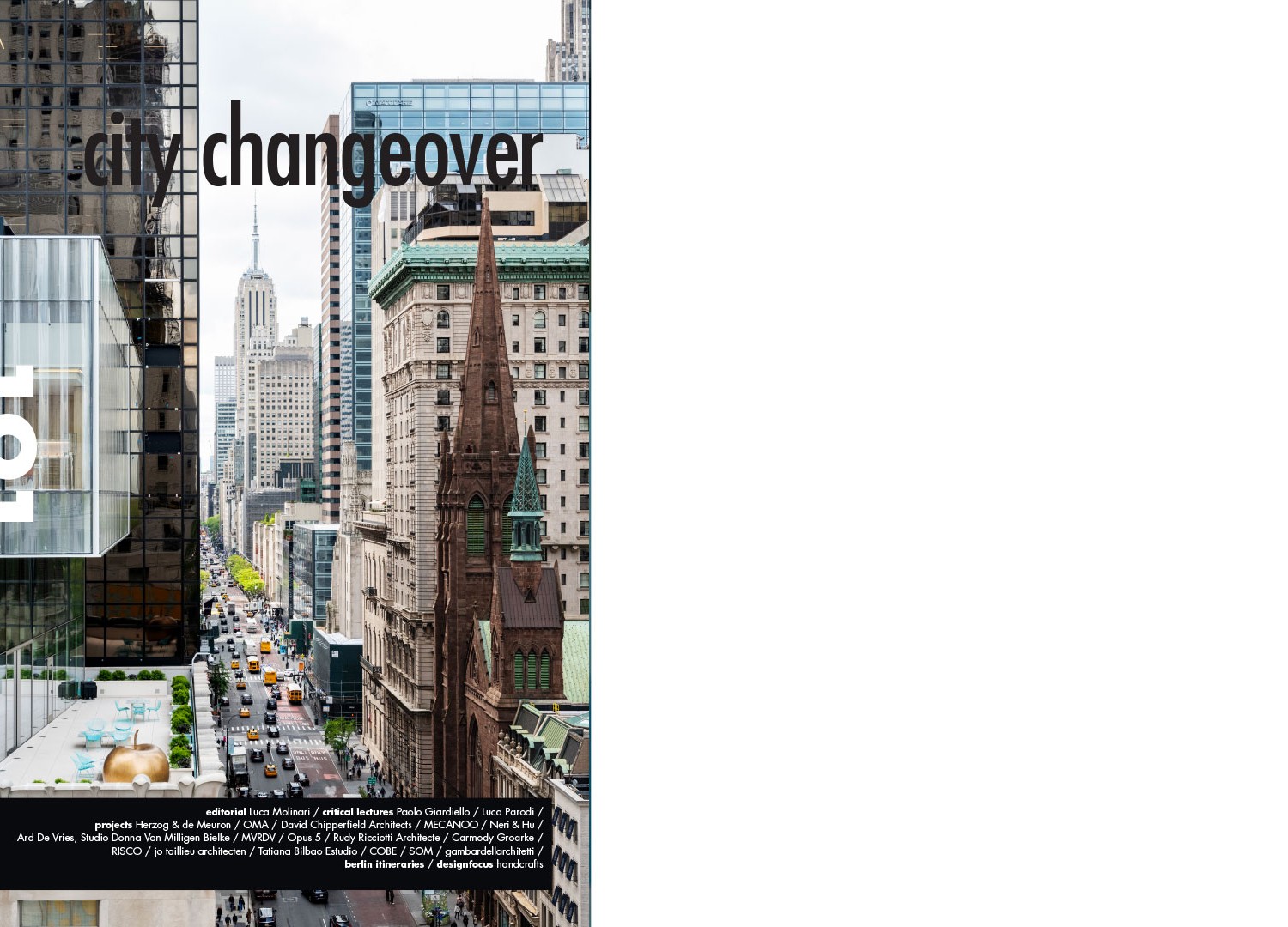
At this point, it seems quite obvious that we can no longer tolerate any question or misinformation about the environmental issue, and it is equally clear that the soil is one of our few non-reproducible resources. We can no longer doubt that there is a real need, on the part of those who build or who deal in other ways with the use and management of the land, for effective policies of urban regeneration that prefers building on land already built, without consuming additional land and occupying more space and surface area. This is a topic and considerations that have been thoroughly explored although, even now, they have not been fully resolved from the standpoint of effective action. The delay in acknowledging
the issue has been enormous and a tremendous amount of the construction that has been done, both public and private, in many cases is underutilized or abandoned, especially in the smaller towns.
The problem right now concerns what can be done, with what strategies, what rules, considering that, at least as regards the European continent, much of the construction that took place after World War II, was done in haste and poorly. Now there is a growing awareness of the urgent need to apply a powerful acceleration to policies and activities focused primarily on urban and architectural redevelopment. As part of the mission of regeneration, we have to include all those studies that deal with the re-naturalization of the soil and de-construction, not so much in the sense of style as was fashionable in the past century, but in relation to the possibility of using actions of demolition and environmental recovery of places previously used for purposes which our contemporary society no longer requires, particularly as regards industries or companies that have gone out of business.
Download cover
Download table of contents
Download introduction of Marco Casamonti


